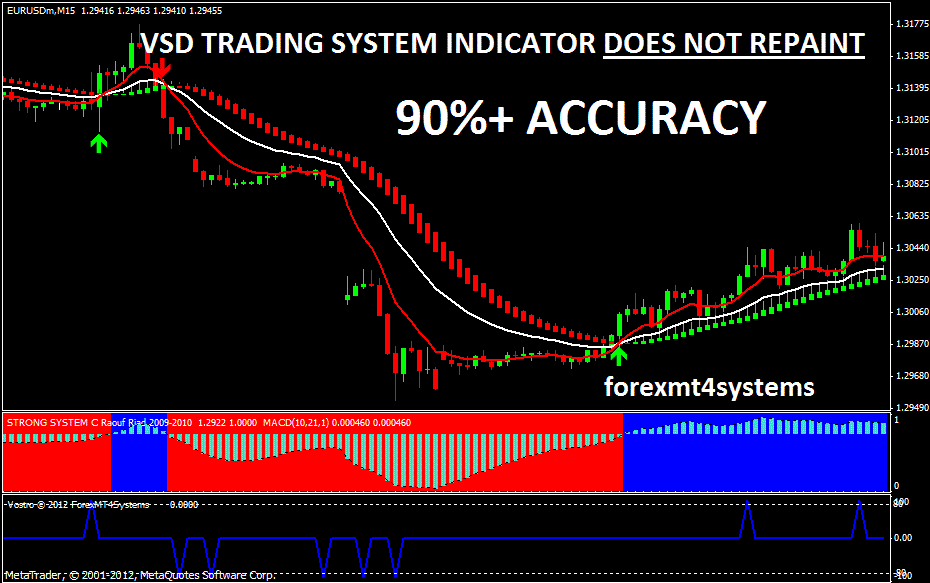Day Trading Systems
Post on: 30 Апрель, 2015 No Comment

Basic System Components
With regard to day trading systems, whether you plan to be a discretionary day trader or completely automate your stock day trading, most intraday trading systems must consider the following components:
- The ENTRY which originates from your setup and trigger to get you into the trade.
The old saying that amateurs concentrate on ENTRIES, is probably true.
After all, that’s the interesting part — looking at all those charts and figuring out how you’re going to get in all those money making trades. That’s what I did when I was a newbie twenty years ago, and if you’re a newbie right now, that’s probably what you’re doing too. Right?
Well, as you gain experience with day trading or trading in general, you’ll come to realize some cold hard facts. One of those facts is that you’d better understand the concept of POSITION SIZE before putting any serious money into trading.
All of the above components of a day trading system are important, but if the term position size is foreign to you, do yourself a favor and learn something about it. I promise, it’s an easy concept to learn and I’ll keep the explanation as simple as I can.
For those of you saying to yourself Hey, I thought expectancy was part of a trading system. don’t worry, I’ve got a separate page for that and we’ll go over that later.
WHAT’S THE DIFFERENCE BETWEEN DAY TRADING SYSTEMS, TRADING STRATEGIES AND SET-UPS?
I consider day trading strategies to consist of three basic steps:
As you can see by comparing to the list at the top of the page, trading strategies (under my definition) contain the work of finding or locating individual stocks to trade that day, setting them up for a Long or Short trade and immediately placing a stop order on that trade.
It requires possibly the most time consuming and interesting parts of the trade, but does not contain ALL, nor the most important components of a trade.
HOW DO TRADERS USE DAY TRADING SYSTEMS?
There are three basic ways that traders go about using day trading systems:
- You can trade them 100% automatically using automated trading software. All of the above components of a system are initiated by the program’s algorithm without the trader’s assistance. The trader does not normally interfere with the programs decisions, unless the drawdown of the trading system seems completely out of normal system limits.
As you can see there’s some different roads you can go down during your trading journey and quite a bit of decision making that you’ll need to do before actually starting to trade. Some of these decisions will be based on your individual background.
For instance, how deep is your computer programming knowledge? Strong programming and math skills will certainly make it easier to go 100% automated.
But, newer more user friendly software is coming on the market all the time, that make it easier for non-programmers to get involved in automated trading.
If that’s the direction you want to take and don’t currently have the skills, then you might want to check out my list of books on trading system design => trading books [choose the trading system design category].
So, don’t necessarily rule automated day trading systems out if programming isn’t part of your education.














